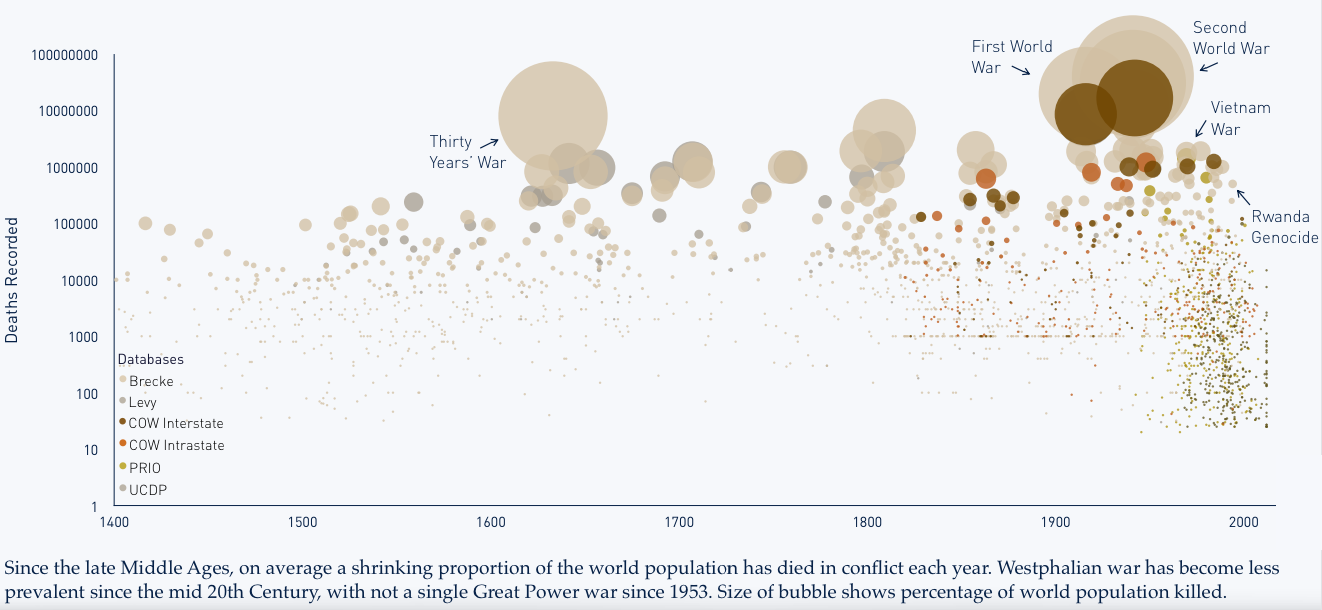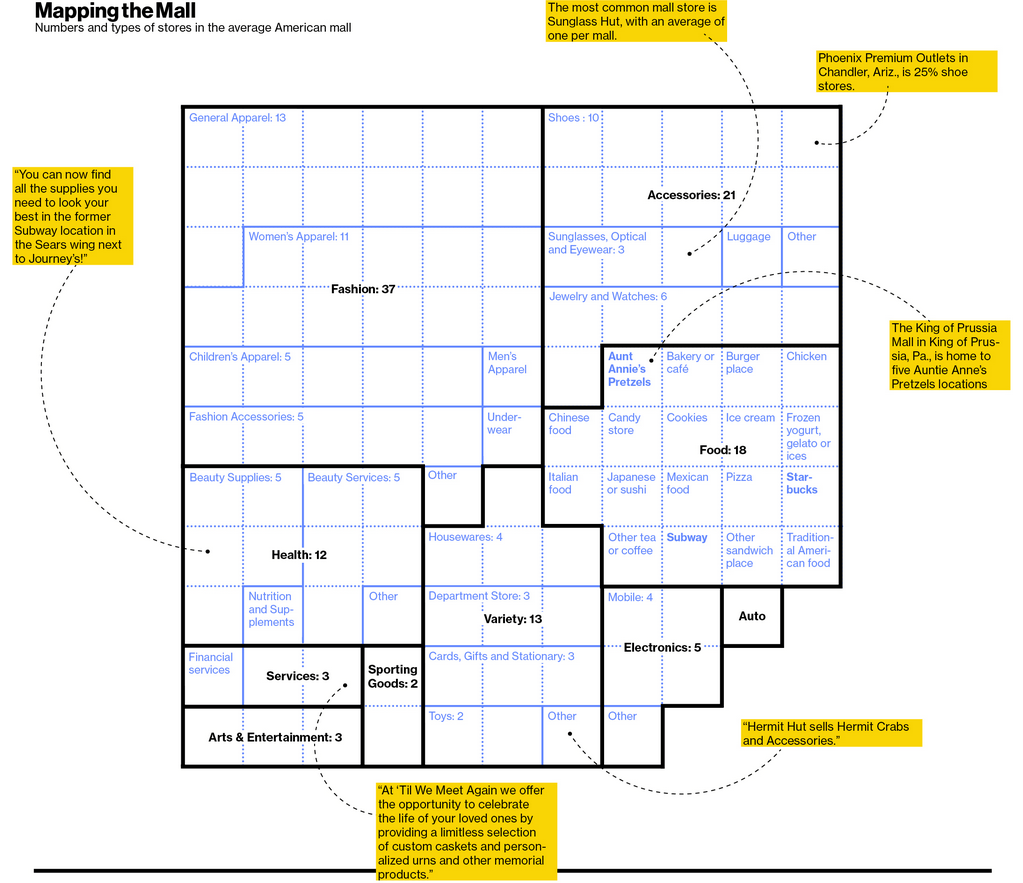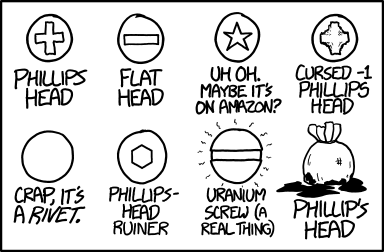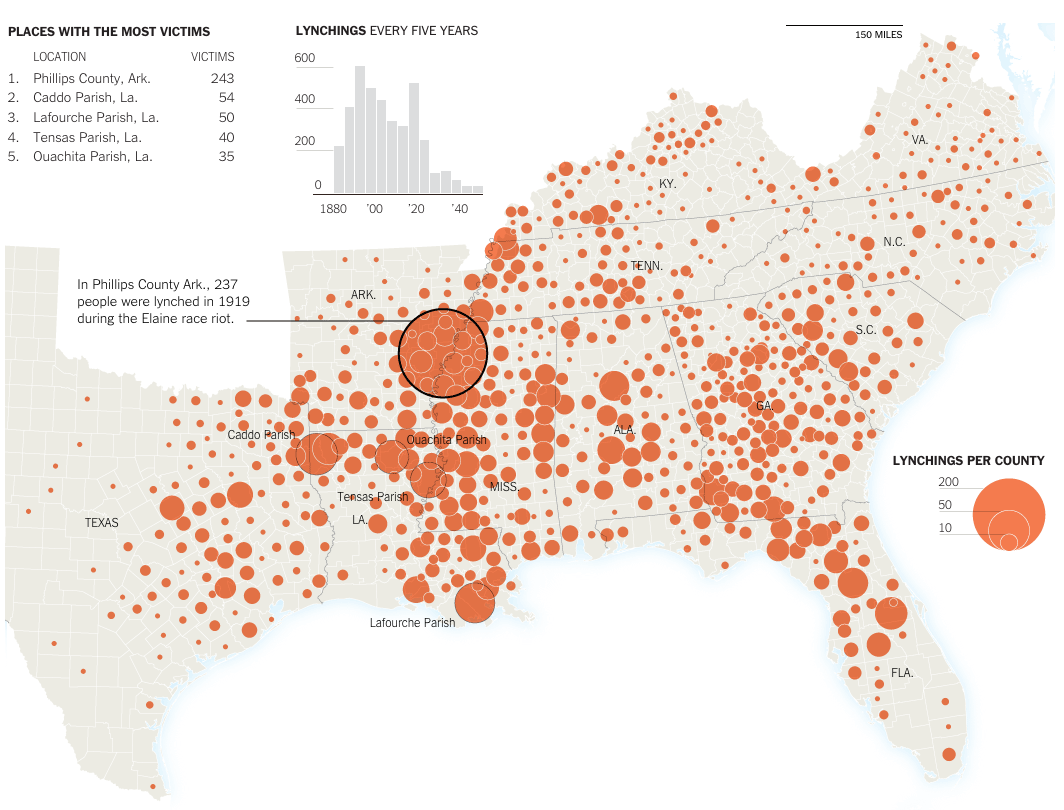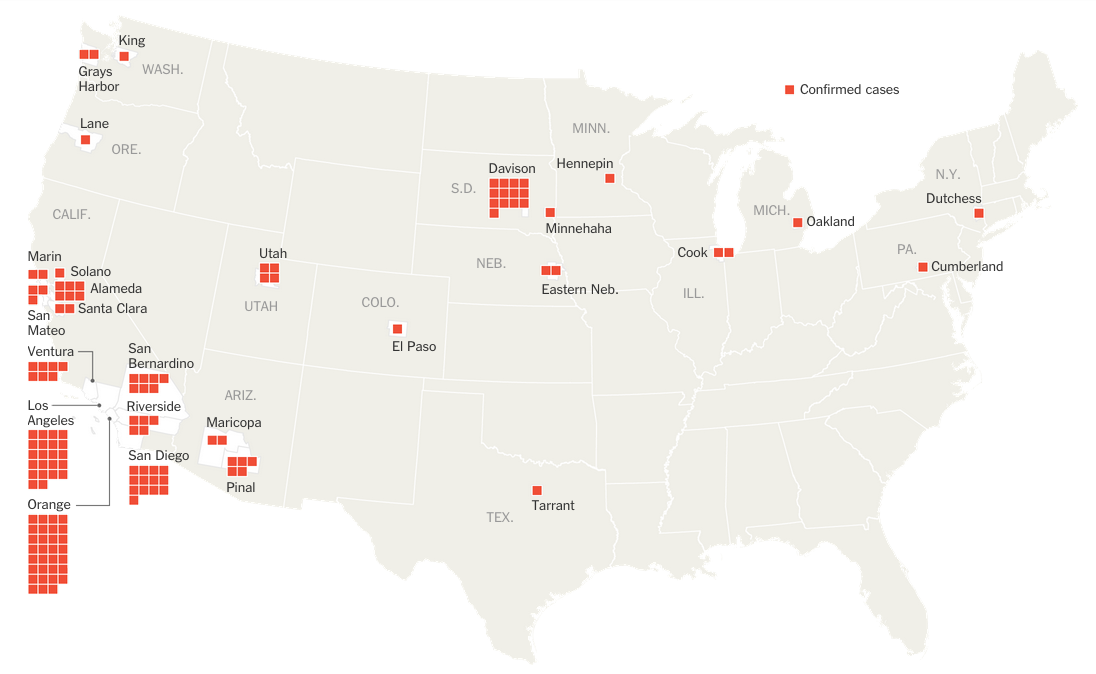I came upon this piece a little while ago and realised that it in some ways paralleled my own interest in genealogy. Basically the story comes down to realising that you probably only know a mere fraction of the stories behind all the people who led up to you. To put in another context: “you’re the product of 127 romances, just in the last 200 years alone”. Anyway, the article is a nice read and explains the math with illustrations.
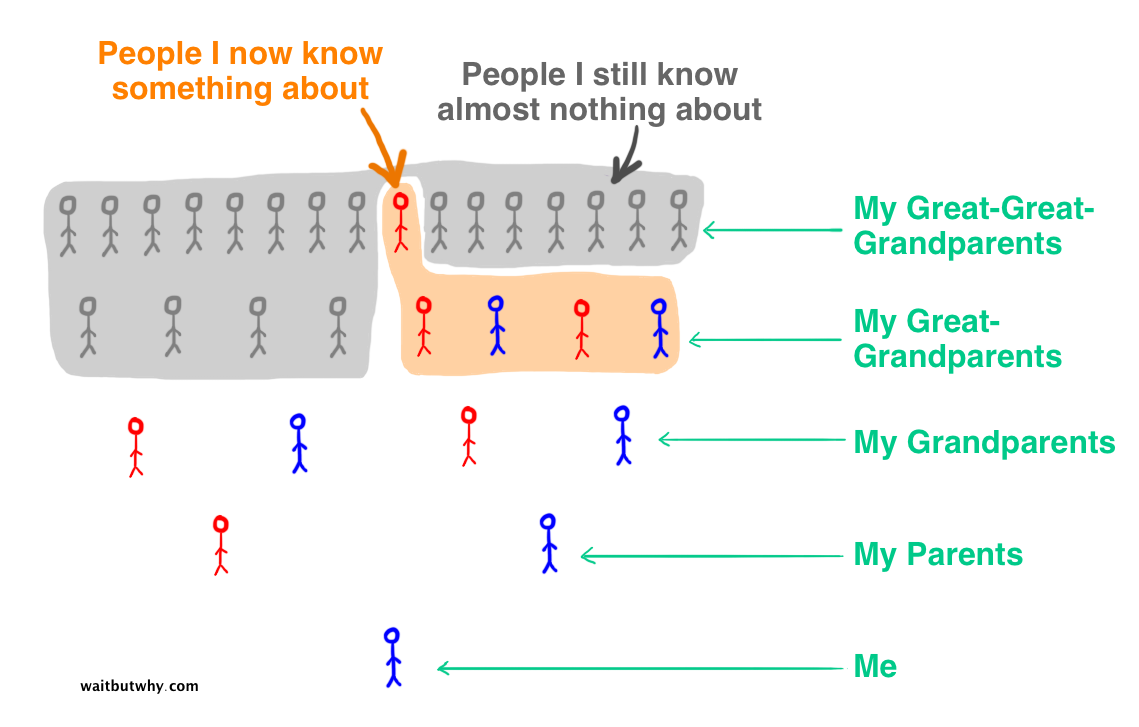
Credit for the piece goes to Tim Urban.


